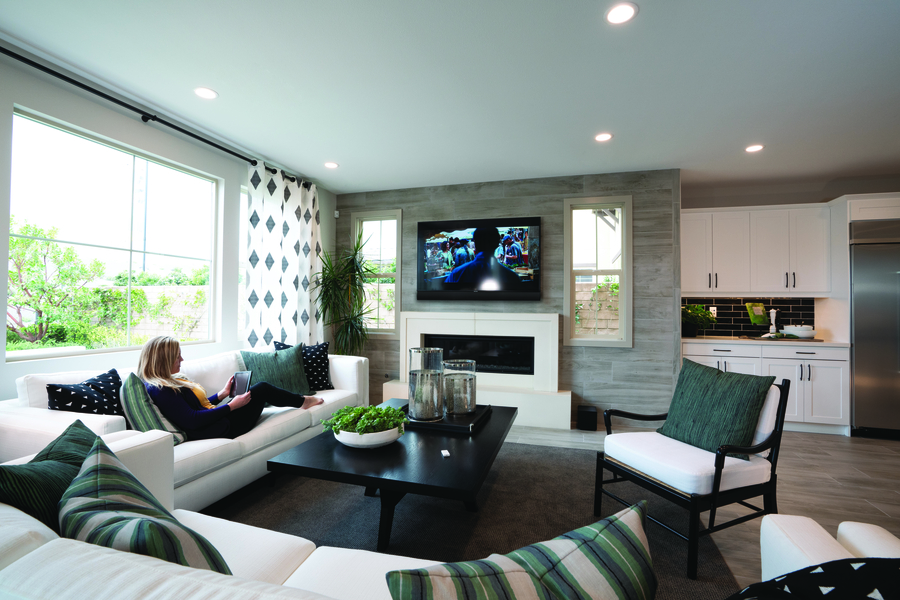Highlighting the Impact of Illumination Conditions on Movement Detection Precision and Dependability
Lighting conditions have a crucial role in the way well we can detect movement. Movement detection is a key component of different technologies, including security cameras, automatic lighting systems, and even certain video games. Understanding the ways different lighting conditions influence our capacity to detect motion can assist improve the design and efficacy of these technologies. For example, inadequate lighting can result in overlooked movements or incorrect alerts, while ideal illumination can boost the accuracy of movement detection technologies.In well-lit illumination conditions, movement detection is generally more accurate. As there is ample illumination, sensors and cameras can obtain clearer images, which assists in identifying moving objects. Well-lit environments allow for better distinction between the moving element and the background. This contrast is essential for both visual observers and mechanical technologies, as it facilitates it simpler to differentiate between static and moving elements in a setting. Therefore, making sure that areas are adequately illuminated can significantly enhance the performance of motion detection systems.
Conversely, dim conditions can present difficulties for movement detection. In dim settings, shadows can hide dynamic elements, which makes them hard to detect. Additionally, the human eye struggles to perceive movement in dim conditions, which can lead to misunderstanding of what is happening in the environment. Cameras might also encounter difficulties, as many do not function well in low light without the use of infrared capabilities or alternative improvements. These restrictions highlight motion detection algorithms for cctv the significance of adequate illumination in environments where movement detection is essential.
Moreover, various types of illumination can have varying impacts on movement detection. For instance, neon lights can flicker, which can mislead motion detection systems that depend on consistent illumination sources. On the contrary, natural provides a steady form of lighting that enhances visibility. Comprehending these variations in lighting types can assist users in selecting the most suitable lighting for specific uses, especially in surveillance and surveillance situations.

In conclusion, the connection between lighting conditions and motion detection accuracy is important. By making sure that settings are appropriately illuminated, we can improve the dependability of movement detection technologies. This understanding not only supports tech applications but also improves safety and safety in various environments. recommended read As more advancements are made in movement detection systems, taking into account illumination environments will remain a vital factor in optimizing performance and guaranteeing that these systems function properly in different environments.